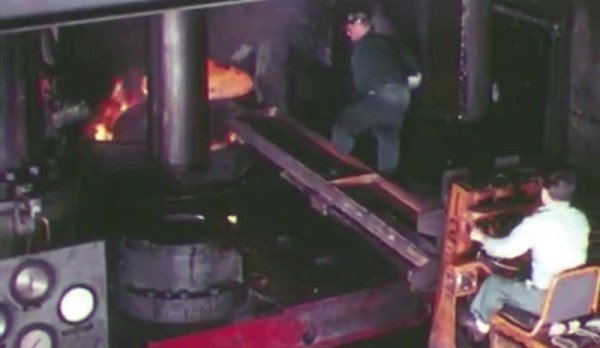When most of us think of forge work, the image that comes to our mind is likely to be a rather traditional one, of the village blacksmith’s shop, roaring coke-fired hearths, and an anvil ringing to the beat of hand-wielded hammers. Iron and steel, worked through the sweat of the human brow.
Precision metalwork probably doesn’t figure in there, yet there is another type of forging used to create some of the most highly stressed components on rockets, missiles, and aircraft as well as the more mundane ironwork of your garden fence. Drop forging allows reproducible shapes to be forged while maintaining tight control over the metallurgical properties of the finished product, exactly what is required for such high-performance applications.
The video below is a promotional film about drop forging in the aeronautical industry from the late 1950s, made for and about Wyman Gordon, still specialists in the field. With the charming optimism of the period and a very catchy title it goes into the detail of the plant, development, and quality control of a range of parts for the missiles and rockets of the day, and along the way shows the cutting edge of machine tooling in the days before CNC. A whole Periodic Table of metals are forged with an expertise probably not seen in many other places in the world.
There are also some sights you’d never see in today’s safety culture, for example a running press with men darting in to adjust the position of a forging while it is still moving. It’s not a short video, but definitely worth watching all the way through.
Continue reading “Retrotechtacular: Blacksmithing To The Stars!”










